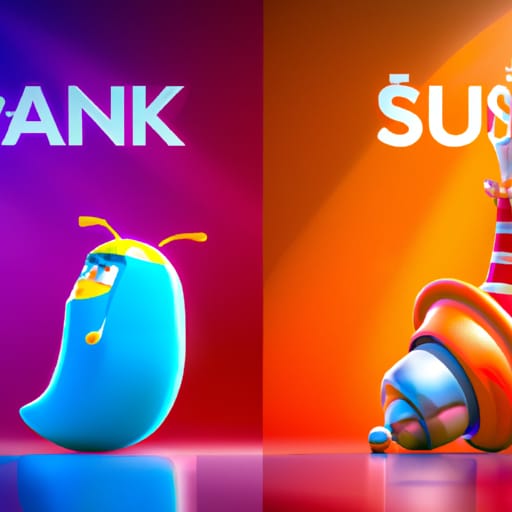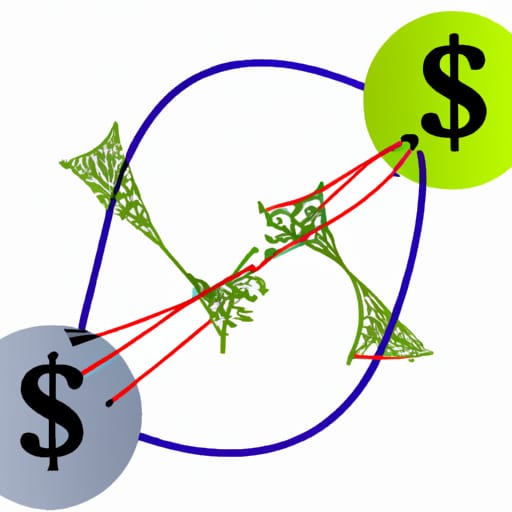The reason I hesitate to accept a critical role in the organization is because I am not that dedicated to the cause. Four years ago, I completely devoted all of my time and energy to the mission, and it went for nought. Looking at the big picture: it’s not worthy of my full potential. This begs the question: if not this, then what?
What cause would I dedicate myself to, in order to satisfy my own desires? Here is my answer.
There are many evils in the world to be fought. There are also much good to be pursued. How to choose? One must look deep into oneself and choose that which is a reflection of one’s own values. For me, it is clear what my mission must be. My mission is to enable individuals to have unfettered access to whatever information they desire, whenever and wherever they want it. This implies a number of subgoals and requisite technological advances.
Eliminate bandwidth bottlenecks in the last mile. This means having fiber to the home. Bandwidth is important but mobility is also key. Information has to be at your disposal anywhere. 3G wireless will deliver 2.4Mbps to your handset possibly in a year or two. That’s a good start. Better yet, end-to-end quality of service must be available on demand.
With a big enough pipe comes the next step: filling it. IP and the digital network must be everywhere. Telephony, video conferencing, music, television, movies, books, baby monitors, security cameras, space probes, medical examinations, and money itself must converge.
This is not primarily a technological revolution; it is a political one. Ubiquitous bandwidth and networking remove the barriers to freedom to information. Instantly everyone has cheap access to information and a means to put out their own message with global reach. Control over the access, distribution, and content is decentralized.
One of the things I feel almost murderous about is content regulation. The state regulates television programming. Any broadcaster, who wants to distribute content to Canadians, must obtain a license to a channel. Every license is constrained to deliver a specific type of content. The licenses are scarce to control who may offer content. Another by-product is the artificial manipulation of the types of content that are offered. In effect, consumers are only allowed to watch what they allow; and only from the providers they permit to operate. When all content is packetized information, there are no borders, regulators, and censors that cannot be bypassed. Fuck the FCC, CRTC, and the People’s Republic of China.
I also have problems with industry collusion. For example, the movie industry wants to use region coding and the encryption technology of DVDs to control the distribution channels for the content. This keeps the content providers in line, because their content cannot be delivered without the industry’s say-so. This also keeps the consumers in line, because they control all access to the content. A cheap, ubiquitous content distribution network, which is open to all providers and consumers alike, breaks the stranglehold. Fuck the RIAA, the MPAA, monopoly telephone and cable companies.
Finally, the world must bend to every will. Personalization is essential to realizing a value proposition, which will entice people to adopt the technology. Given bandwidth, mobility, and intelligence in the content distribution network, what do you want out of it? What each person wants is what must be.
I want to be able to pull out my handset, while walking around downtown, to figure out where to have dinner and what movies are playing at the cinema. I want to have the entire resources of my office available through my notebook computer, wherever I may be. I want to watch any television program or movie at whatever time of day is convenient for me; not based on the programming schedule determined by some broadcaster. All information should be available through a client-pull (e.g., web browser) model, as opposed to server-push (e.g., tv). I want to be able to listen to any song at any time. I want to tell my handset that I am shopping for shoes today, and for every shoe store I pass to inform me of their products that match my search criteria. I want to walk into my favorite store or restaurant and be served in the manner I like; for them to know my name, my preferences, and my habits without ever needing to ask me. I want an empty wallet, except for one device, which gives access to my identity, medical information, insurance, loyalty rewards, credit, and money—all securely. I want the world to adjust to me, when in my presence. I want that for everyone individually.
So if you are out there and you share my vision, talk to me. We have a mission.








